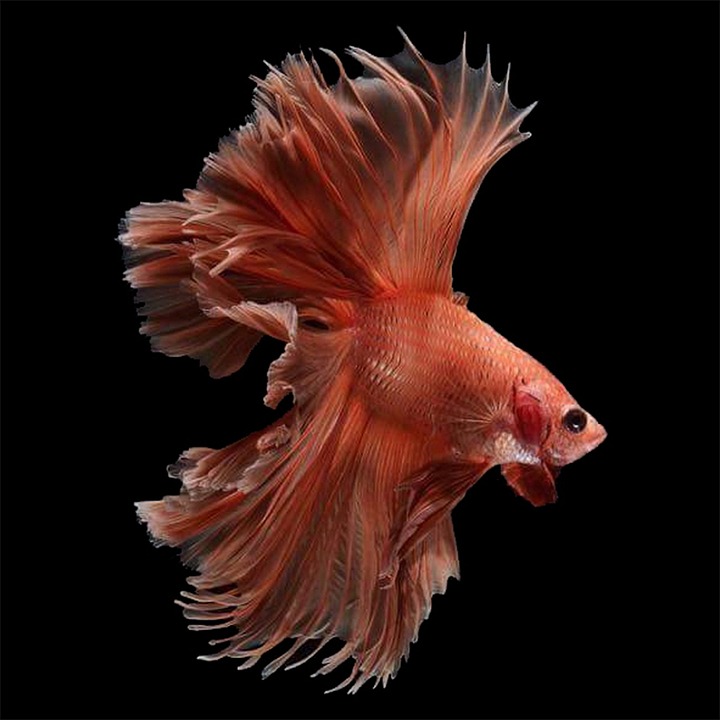Keeping fish in a tank can be a rewarding and enjoyable hobby. However, just like any other pet, fish are susceptible to various diseases that can impact their health and well-being. In this comprehensive guide, we will discuss how to identify common fish tank diseases and provide effective treatment options. Additionally, we will address frequently asked questions to help fish owners better understand and manage these ailments.
I. Understanding Fish Tank Diseases
A. Importance of maintaining fish tank health
One of the key factors in preventing fish tank diseases is maintaining a clean and healthy environment for your fish. This includes regular water changes, proper filtration, and a balanced diet.
B. Common causes of fish tank diseases
Fish tank diseases can be caused by a variety of factors, including poor water quality, inadequate nutrition, stress, and the introduction of diseased fish or contaminated equipment.
C. Signs and symptoms to look out for
Some common signs that indicate your fish may be sick include loss of appetite, abnormal swimming behavior, changes in color or appearance, and the presence of visible growths or lesions.
II. Identifying Common Fish Tank Diseases
A. Ich (White Spot Disease)
1. Description and symptoms
Ich is a highly contagious parasitic disease that causes white spots to appear on the fish’s body and fins.
2. Diagnosis
Diagnosing ich is relatively easy, as the white spots are usually visible to the naked eye.
3. Treatment options
There are several treatment options for ich, including raising the water temperature, using medications specifically designed to target the parasite, and adding aquarium salt to the tank.
B. Fin Rot
1. Description and symptoms
Fin rot is a bacterial infection that causes the fish’s fins to deteriorate and become ragged.
2. Diagnosis
Diagnosing fin rot involves observing the fish’s fins for signs of decay and ruling out other possible causes.
3. Treatment options
Treating fin rot typically involves improving water quality, using antibiotics, and providing a nutritious diet to boost the fish’s immune system.
C. Dropsy
1. Description and symptoms
Dropsy is a condition characterized by the fish’s abdomen becoming swollen and distended, often accompanied by raised scales.
2. Diagnosis
Diagnosing dropsy can be challenging, as it can be caused by various underlying factors. However, the swollen abdomen and raised scales are key indicators.
3. Treatment options
Treating dropsy often involves addressing the underlying cause, such as improving water quality, administering antibiotics, and providing supportive care.
D. Velvet Disease
1. Description and symptoms
Velvet disease is caused by a parasitic protozoan that gives the fish’s skin a velvety appearance.
2. Diagnosis
Diagnosing velvet disease involves observing the fish for signs of lethargy, loss of appetite, and a dull or velvety appearance.
3. Treatment options
Treating velvet disease typically involves raising the water temperature, using medications specifically designed to target the parasite, and providing supportive care.
E. Swim Bladder Disease
1. Description and symptoms
Swim bladder disease affects the fish’s ability to control buoyancy, resulting in abnormal swimming behavior.
2. Diagnosis
Diagnosing swim bladder disease involves observing the fish for signs of buoyancy problems and ruling out other possible causes.
3. Treatment options
Treating swim bladder disease often involves adjusting the fish’s diet, providing a proper environment, and using medications to alleviate symptoms.
III. Prevention and Maintenance
A. Creating a healthy fish tank environment
Maintaining a healthy fish tank environment involves regular water changes, proper filtration, and providing a balanced diet.
B. Proper water quality management
Monitoring and maintaining proper water parameters, such as temperature, pH, ammonia, nitrite, and nitrate levels, is essential for preventing fish tank diseases.
C. Regular monitoring and observation
Regularly observing your fish for any signs of illness, as well as monitoring water quality, can help catch and address potential issues early on.
D. Quarantine procedures for new fish
Quarantining new fish before introducing them to your tank is crucial for preventing the spread of diseases. This involves keeping them in a separate tank for a period of time and monitoring them for any signs of illness.
IV. Treatment and Medications
A. Understanding the importance of proper treatment
Proper treatment is essential for effectively addressing fish tank diseases and preventing them from spreading to other fish in the tank.
B. Over-the-counter medications
There are various over-the-counter medications available for treating common fish tank diseases. It is important to carefully follow the instructions and dosage recommendations.
C. Prescription medications and antibiotics
In some cases, prescription medications or antibiotics may be necessary to treat more severe or persistent fish tank diseases. These should be used under the guidance of a veterinarian or aquatic specialist.
D. Natural remedies and alternative treatments
Some fish owners prefer to use natural remedies or alternative treatments, such as herbal or homeopathic remedies. It is important to research and consult with experts before using these methods.
V. Frequently Asked Questions (FAQs)
1. What are some common signs that indicate my fish is sick?
2. How can I prevent fish tank diseases in the first place?
3. Can I use household remedies to treat fish tank diseases?
4. Is it necessary to quarantine new fish before introducing them to my tank?
5. Are there any long-term effects of fish tank diseases on fish health?
6. How often should I perform water changes in my fish tank?
7. Can I treat fish tank diseases without using medication?
Conclusion:
Maintaining the health of your fish tank and the well-being of your fish is of utmost importance. By being knowledgeable about common fish tank diseases, their symptoms, and proper treatment options, you can provide the best care for your aquatic pets. Remember, prevention is key, so invest time in maintaining a clean and healthy environment for your fish. Regular observation, prompt action, and seeking professional advice when needed will help ensure the longevity and happiness of your fish.









